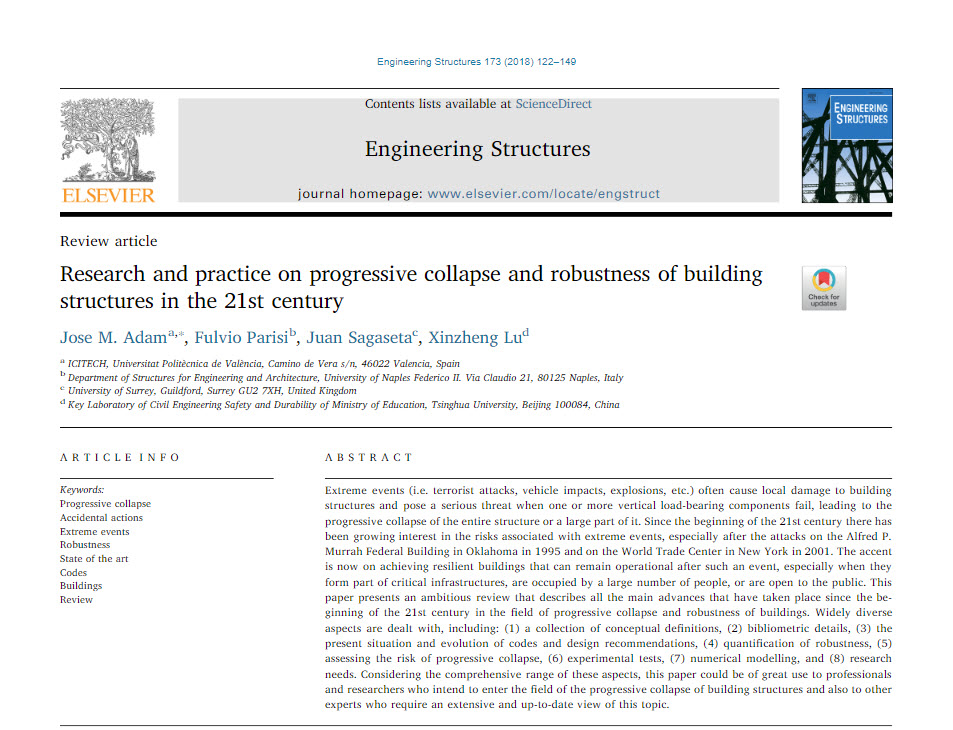Abstract: The debris field of earthquake-induced building collapse can block or reduce the capacity of adjacent sidewalks and roads, hinder emergency and evacuation operations, and therefore adversely influence the seismic resilience of a community. To consider the influence that earthquake-induced building collapse can have on mobility after an earthquake, the seismic debris field generated from the collapse of prototype reinforced-concrete (RC) moment resisting frame buildings with different heights is characterized using a validated applied element method (AEM) computational model. A deep neural network (DNN) is used to classify the mode of collapse of the prototype buildings based on a set of input parameters related to the properties of the applied ground motion record and the building height. The DNN is able to predict the collapse mode of the studied prototype building with an accuracy of 92% and 82% for the training and test datasets, respectively. The extent of the debris field around the collapsed buildings is then characterized probabilistically. It is shown that the extent of the debris field does not depend on the design code used to proportion the buildings. Based on the simulation results, an expression that captures the extent of the debris field as a function of building height is developed.
O. Sediek, S.M.ASCE; S .El-Tawil; and J. McCormick (2021). Seismic Debris Field for Collapsed RC Moment Resisting Frame Buildings. Journal of Structural Engineering
Volume 147 Issue 5 – May 202.



